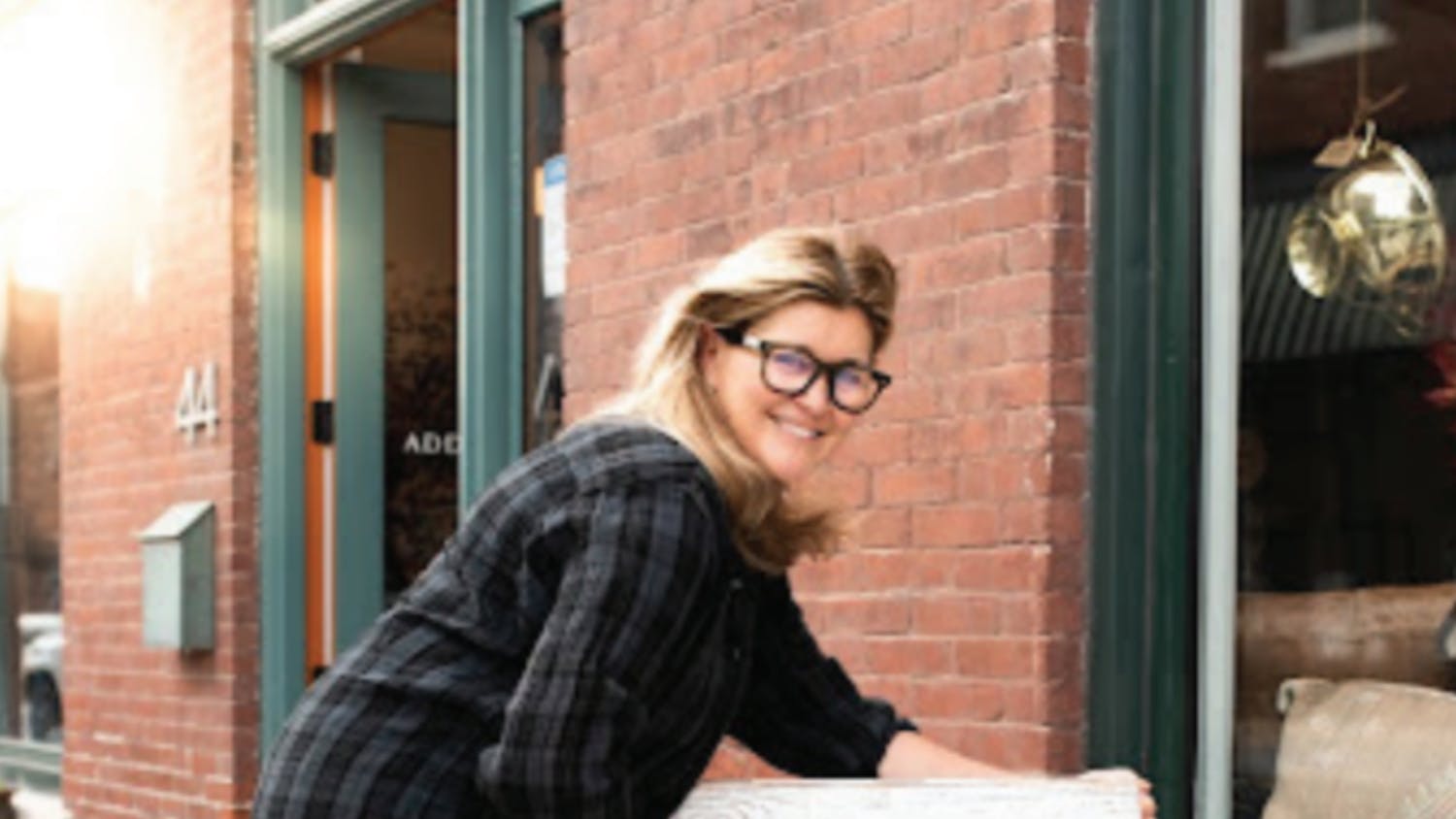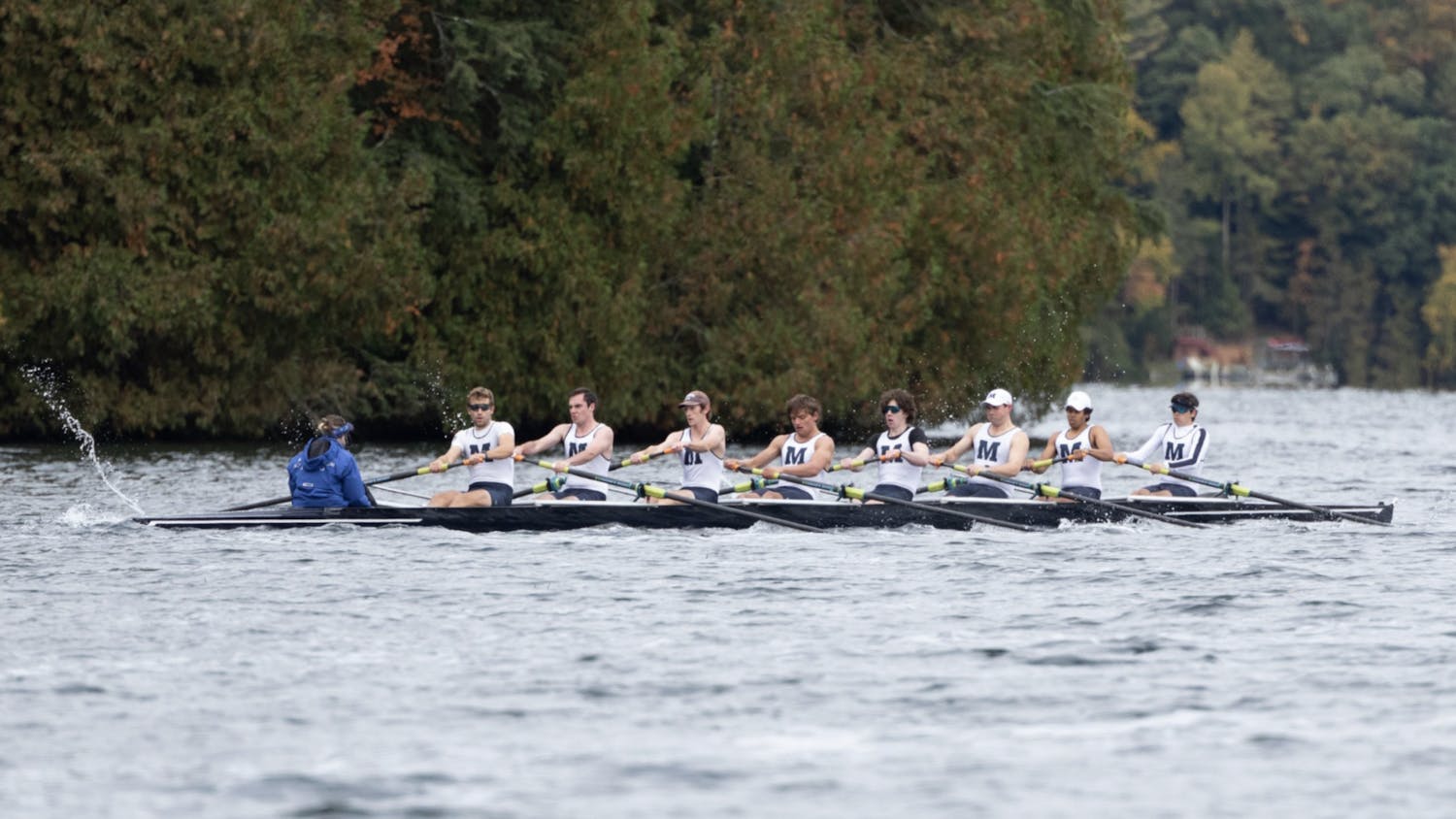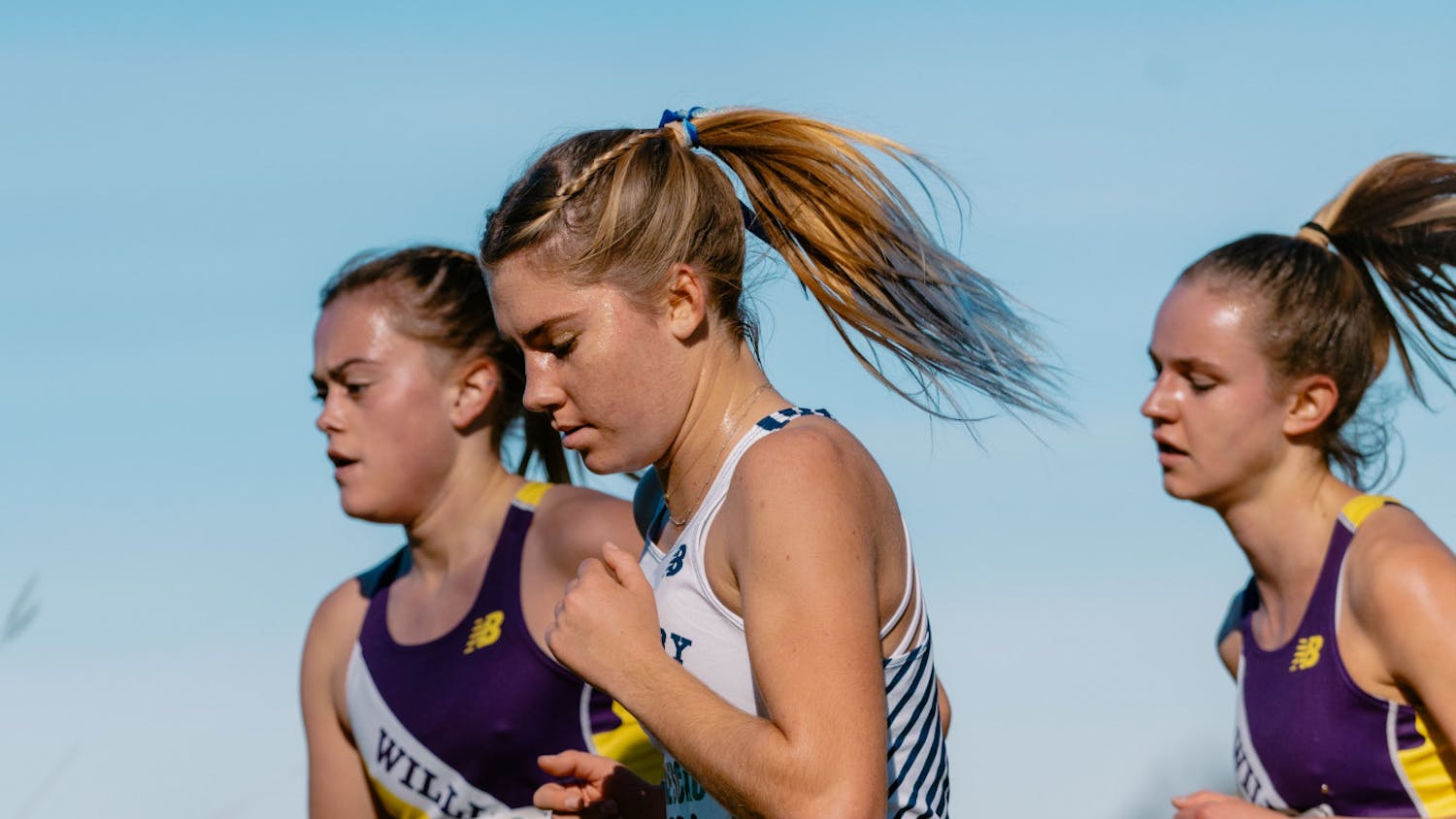At a small liberal arts college like Middlebury, one would think that a strong overlap between the arts and athletics would be both inherent and central to the campus community. However, whether it be based on the fact that students only have so much time or whether there is a cultural divide between the athletes and the arts, students can have a tendency to pick one or the other. The Campus spoke with some varsity athletes who are also majoring in the arts to ask them how they do it and what they think of this supposed cultural split.
“There definitely is [a gap]... it’s evident in the access to alumni who played a sport and majored in some sort of art field. There are not many,” Jordan Saint-Louis ’24 said.
Saint-Louis is a player on the men’s varsity soccer team and is a Film and Media Studies major. He said he did not know many other current student-athletes who are also majoring in the arts. Saint-Louis isn’t bothered by this discrepancy, though.
“I think it’s fun because there are so few of us. I often get to use my artistic ability to create things for my team or other sports teams, which I always enjoy,” Saint-Louis said.
While he hasn’t found many other athletes in his specific major, he says it hasn’t been difficult to find peers who share interests in both the arts and athletics.
“I actually think there is an abundance of athletes interested in some version of art… they just don’t major in it,” Saint-Louis said.
Varsity basketball player Liv Mulloy ’23 also experiences a divide between the arts and athletics at Middlebury. “I have felt this gap for a long time, long before Middlebury. When I first started playing basketball, I felt like I had to hide my artistic interests. It is difficult to pinpoint where and why this gap exists. However, I think on many teams, if you are an athlete, being an artist as well is not celebrated. I think it lies on the back of athlete culture and stereotypes created around artists,” she said.
Mulloy is not an arts major, but studio art is central to her life. “I was… very hesitant to take a Studio Art class for a long time,” she said. “However, [it was] not because I was an athlete. I was hesitant… because art is a creative outlet for me, and I feared that being in these classes would encourage me to view my art in a binary manner of right or wrong.”
Her experience as an athlete in the arts has drastically changed since grade school. “For me today, it is amazing… because I am lucky enough to be on a team in which we celebrate each other's passions and skills unrelated to basketball… though it has not always been amazing, as for many years I hid a part of myself in fear I would be devalued,” Mulloy said.
Like Saint-Louis, she has had an easy time finding peers who share both interests. “Luckily, one of my closest friends who is on the volleyball team also shares an interest for art… I have many friends who have an interest in the arts and athletics, though they may not be on a varsity team,” she said.
For Mulloy, making art is not only a creative outlet but also a way to connect with her family. “My mom was an artist and so was her dad, so I drew a lot as a young kid. Art now makes me feel closer to my mom and served as a form of therapy for me after she passed away,” she explained.
Mulloy’s teammate, varsity basketball player Gianna Palli ’24, who is majoring in both economics and history of art and architecture, has a different perspective on the divide between the arts and athletics at Middlebury. “I wouldn’t necessarily say there is a gap between the arts and sports but I don’t think it is particularly common for students to partake in both,” she said.
However, Palli had a similar experience to fellow athletes in the arts in other ways. She too has had an easy time finding others with overlapping interests. “While my non-art major friends may not have a “technical” background in arts, everyone has opinions or experiences in art in some capacity.”
Although it may seem like students choose one or the other, the line between athlete and artist on campus is blurred, and often nonexistent. Perhaps the apparent gap is more reflective of the collective desire to put people in boxes, to name someone an “athlete” or an “artist,” than it is an indicator of the way things are. Middlebury is a campus full of interesting and multifaceted people — something that becomes apparent if we only talk to them.




